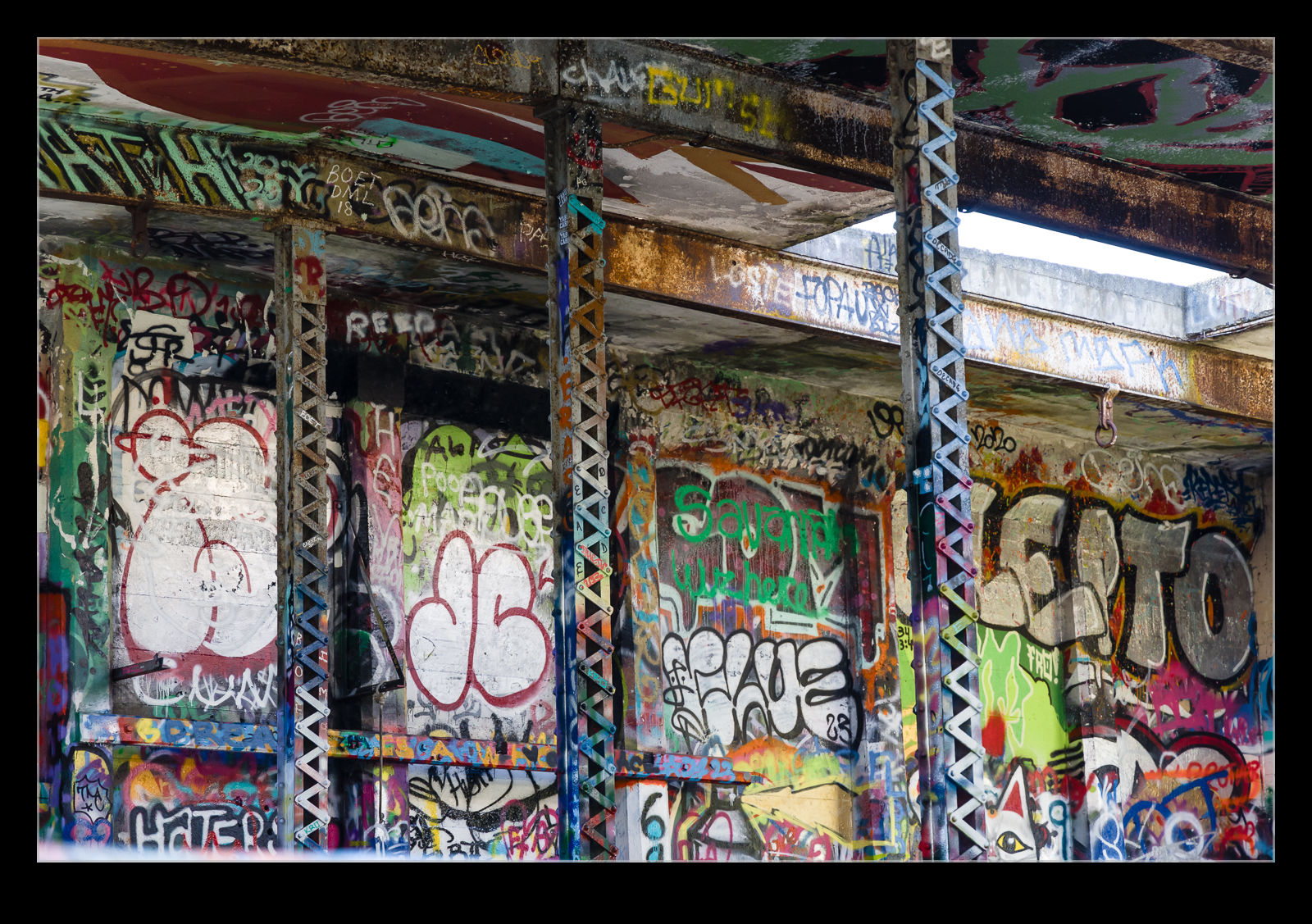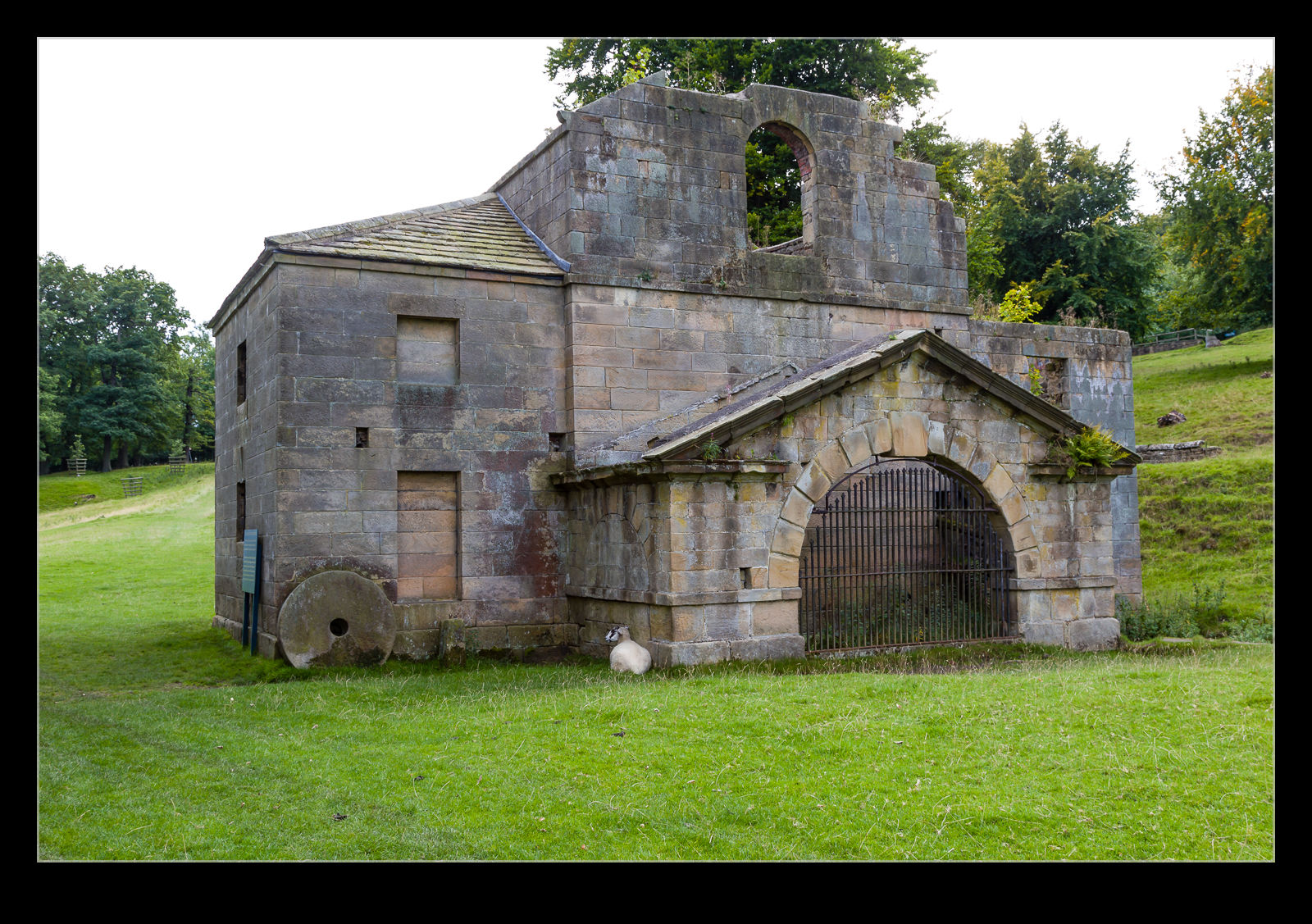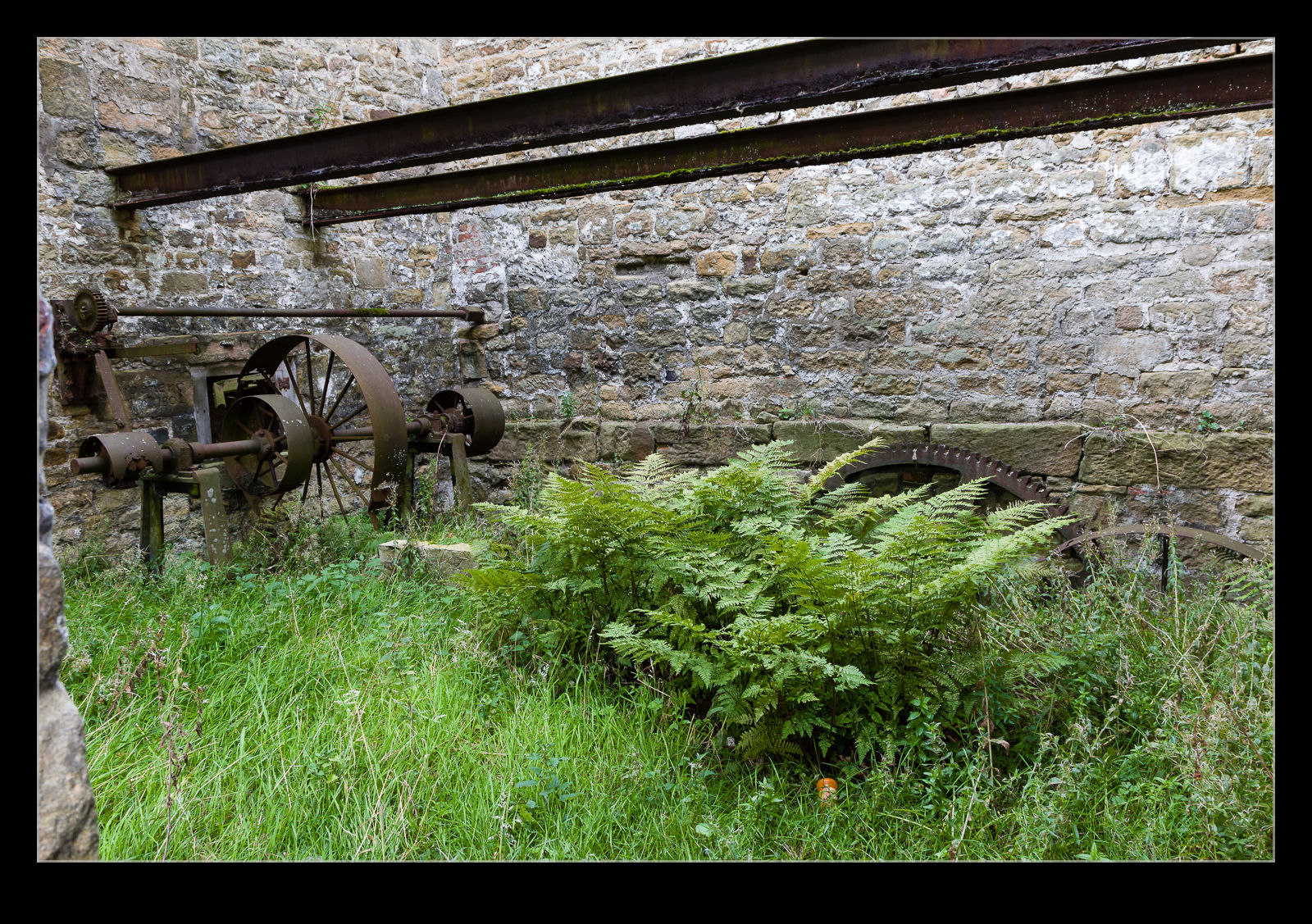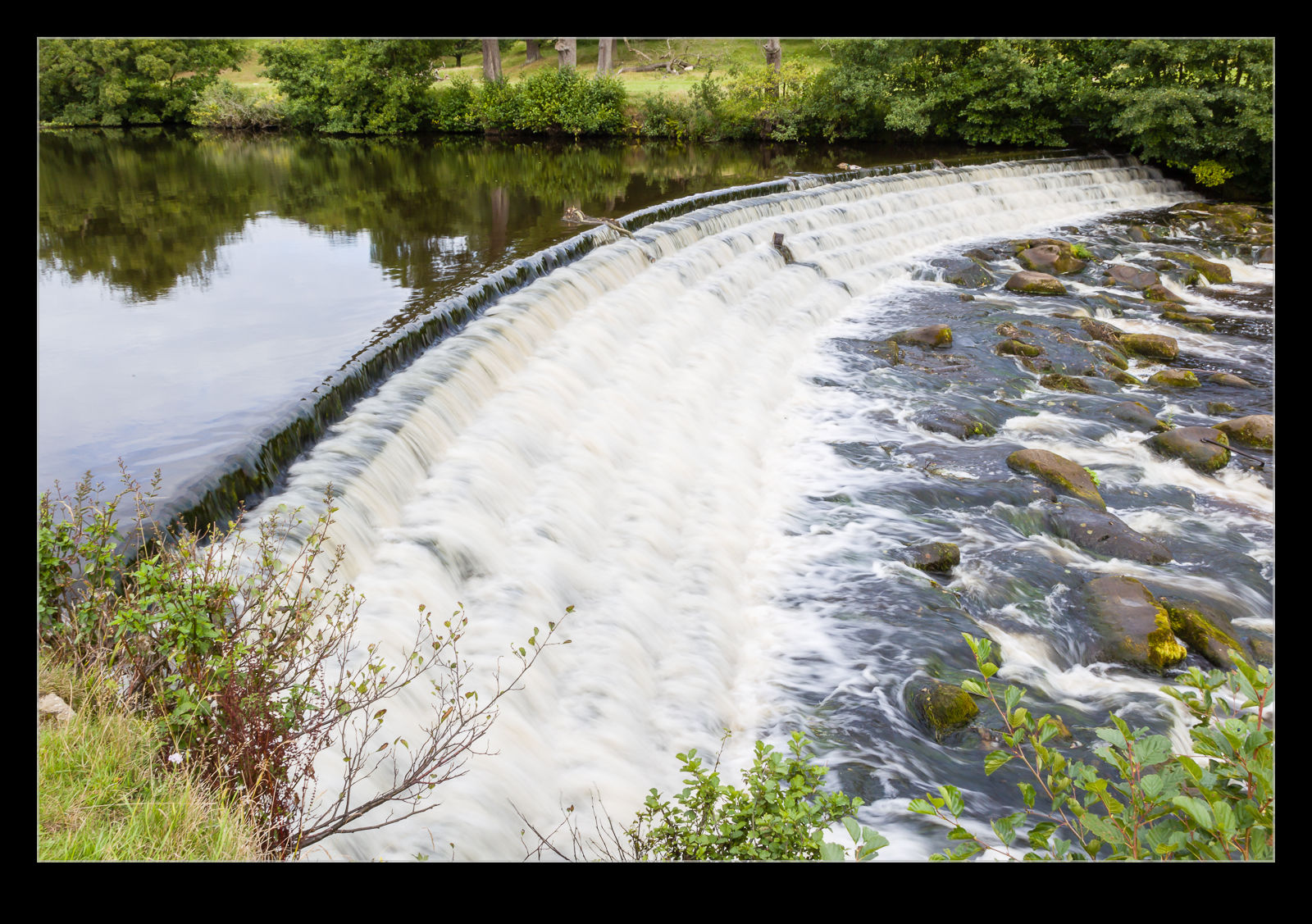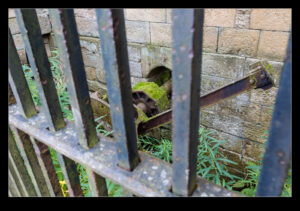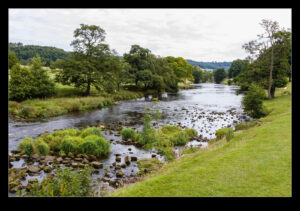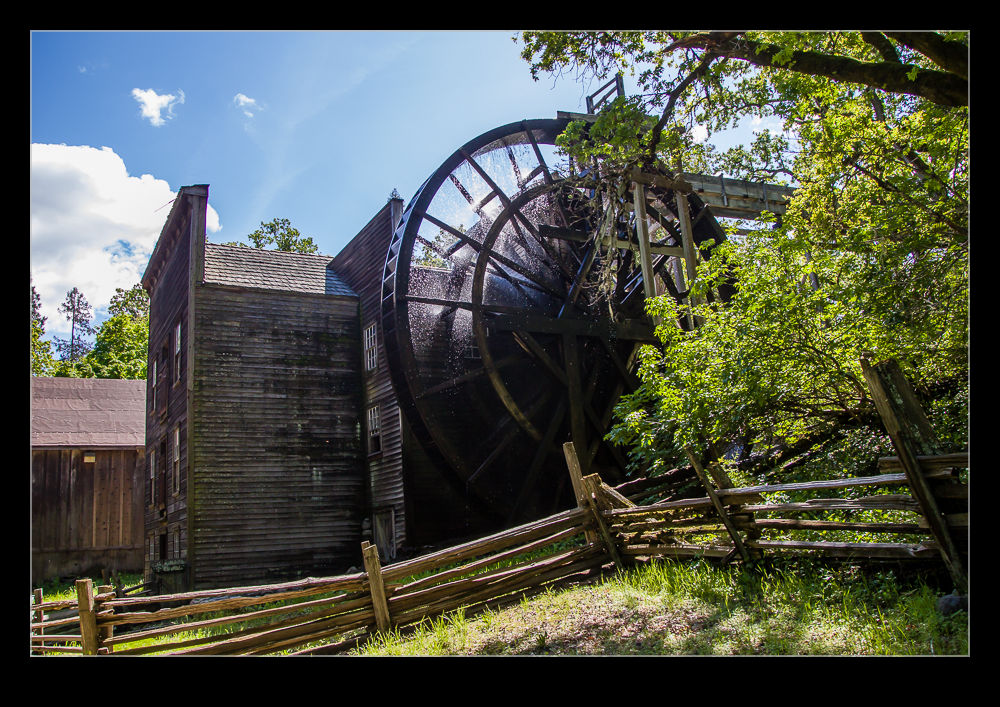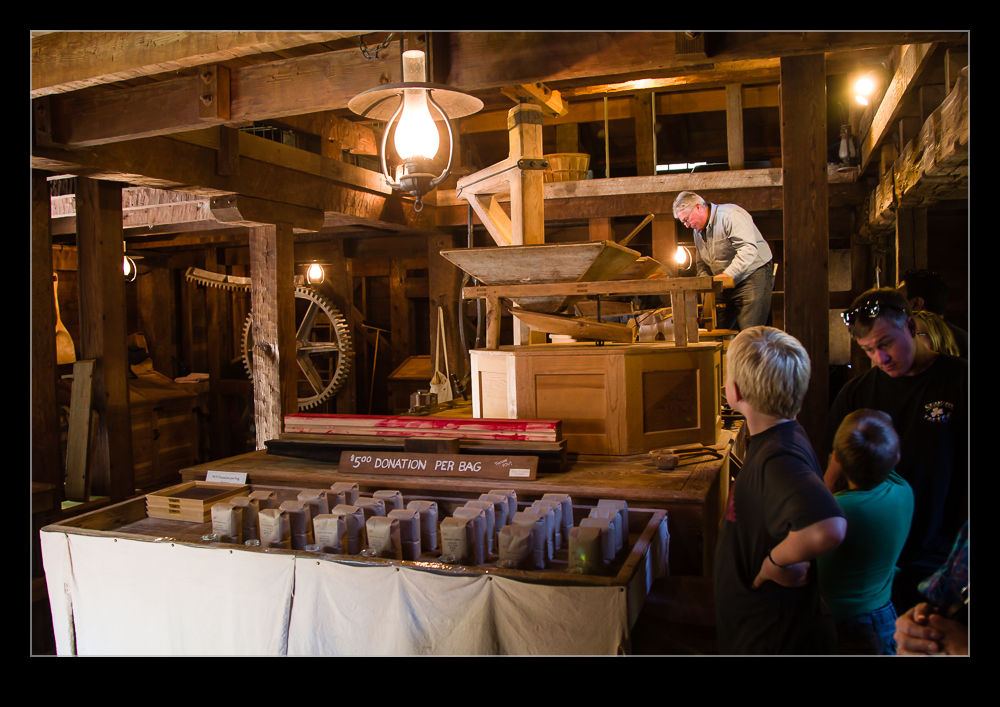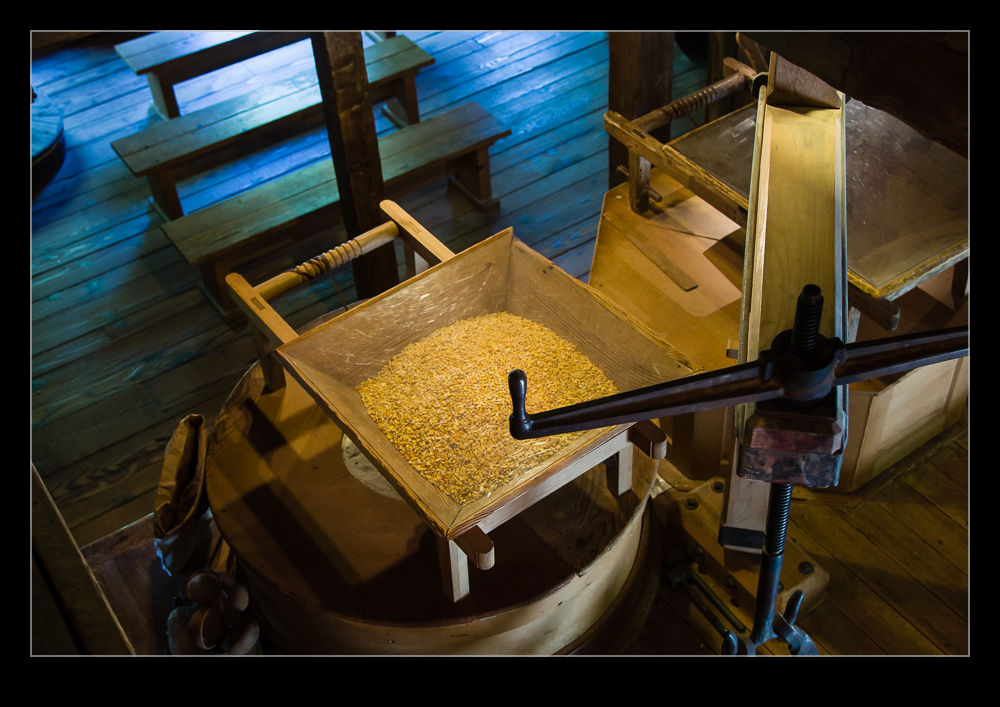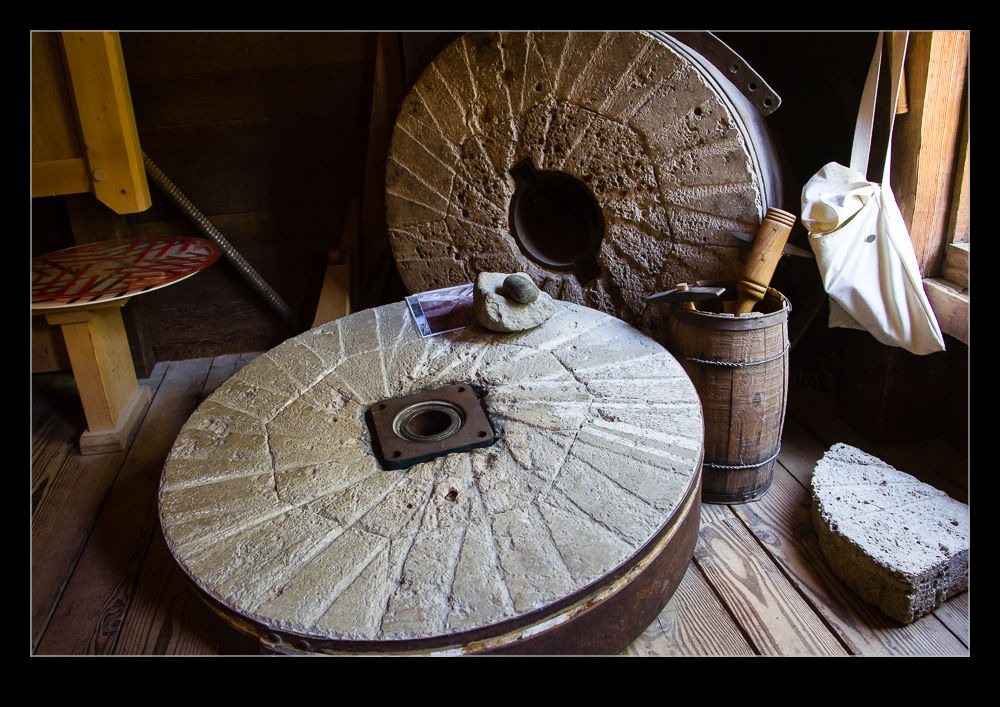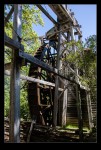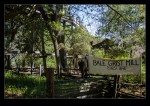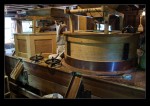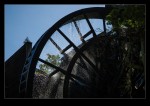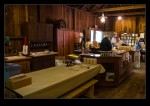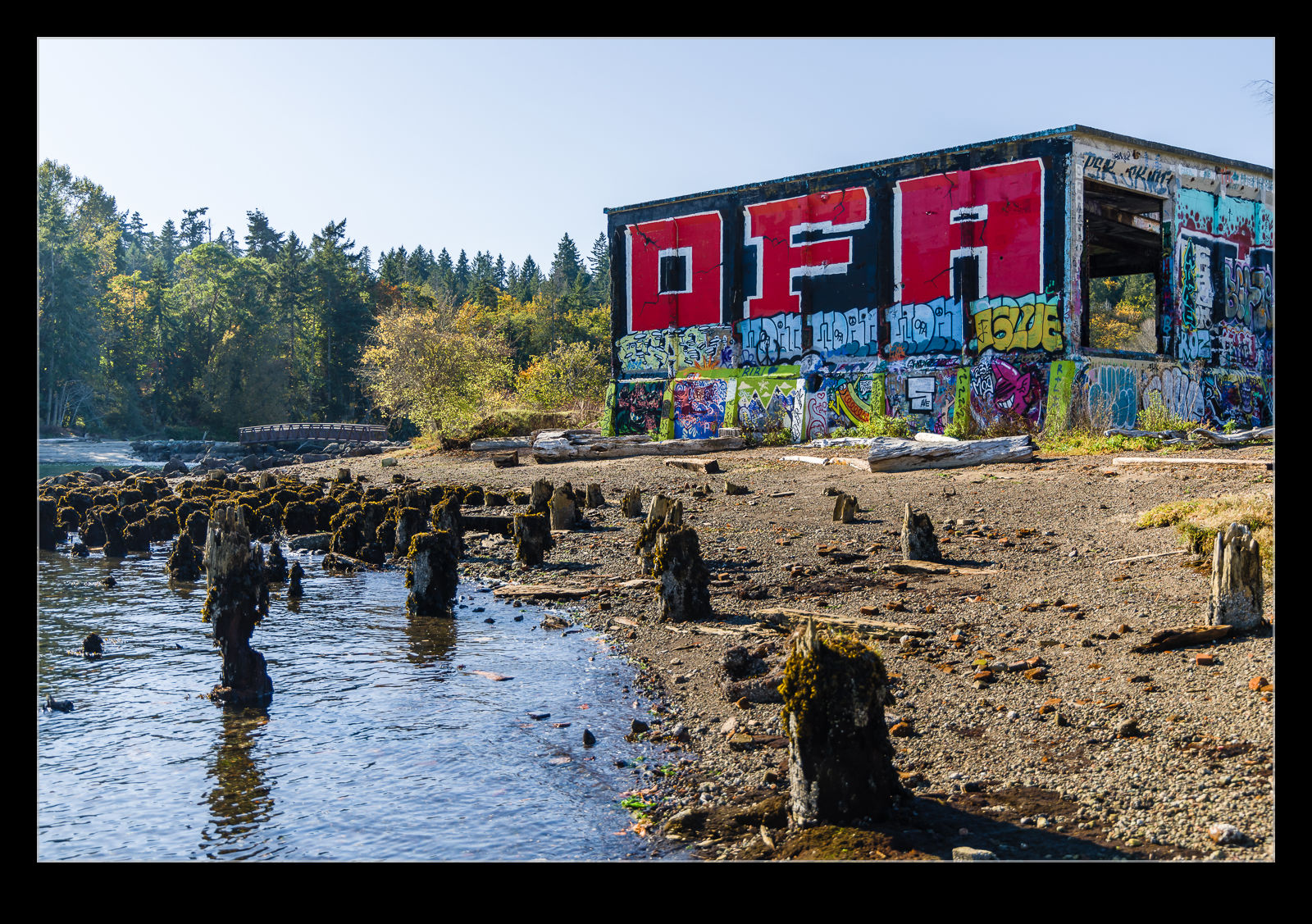 We were making a trip to Bainbridge Island one weekend and Nancy had done some research that brought up something she thought I might be interested in. Blakely Harbor used to be the location of a timber mill. It has long gone away but there are still some remnants of the mill. There are piles in the water from the old jetties but the most conspicuous part of the old generator house.
We were making a trip to Bainbridge Island one weekend and Nancy had done some research that brought up something she thought I might be interested in. Blakely Harbor used to be the location of a timber mill. It has long gone away but there are still some remnants of the mill. There are piles in the water from the old jetties but the most conspicuous part of the old generator house.
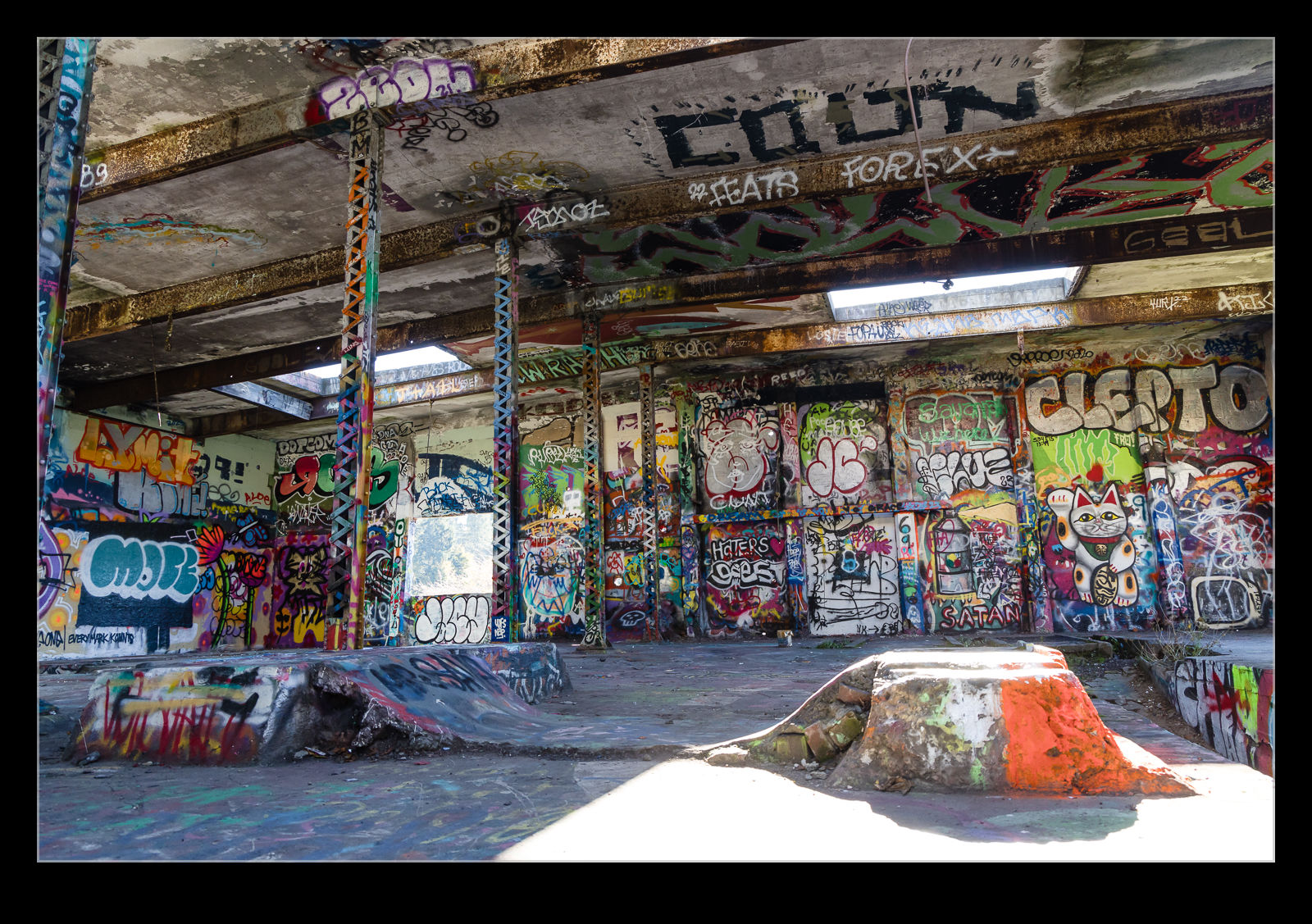 This concrete building is obviously more resilient than the other buildings and it stands out on the shoreline, not just because it is the only remaining building, but because it has become a focus for graffiti artists. The interior and exterior of the building have been covered with work from artists of all types. Some is really intricate work and other pieces and less polished. However, the combination of colors is really striking when alongside the natural colors of the harbor.
This concrete building is obviously more resilient than the other buildings and it stands out on the shoreline, not just because it is the only remaining building, but because it has become a focus for graffiti artists. The interior and exterior of the building have been covered with work from artists of all types. Some is really intricate work and other pieces and less polished. However, the combination of colors is really striking when alongside the natural colors of the harbor.
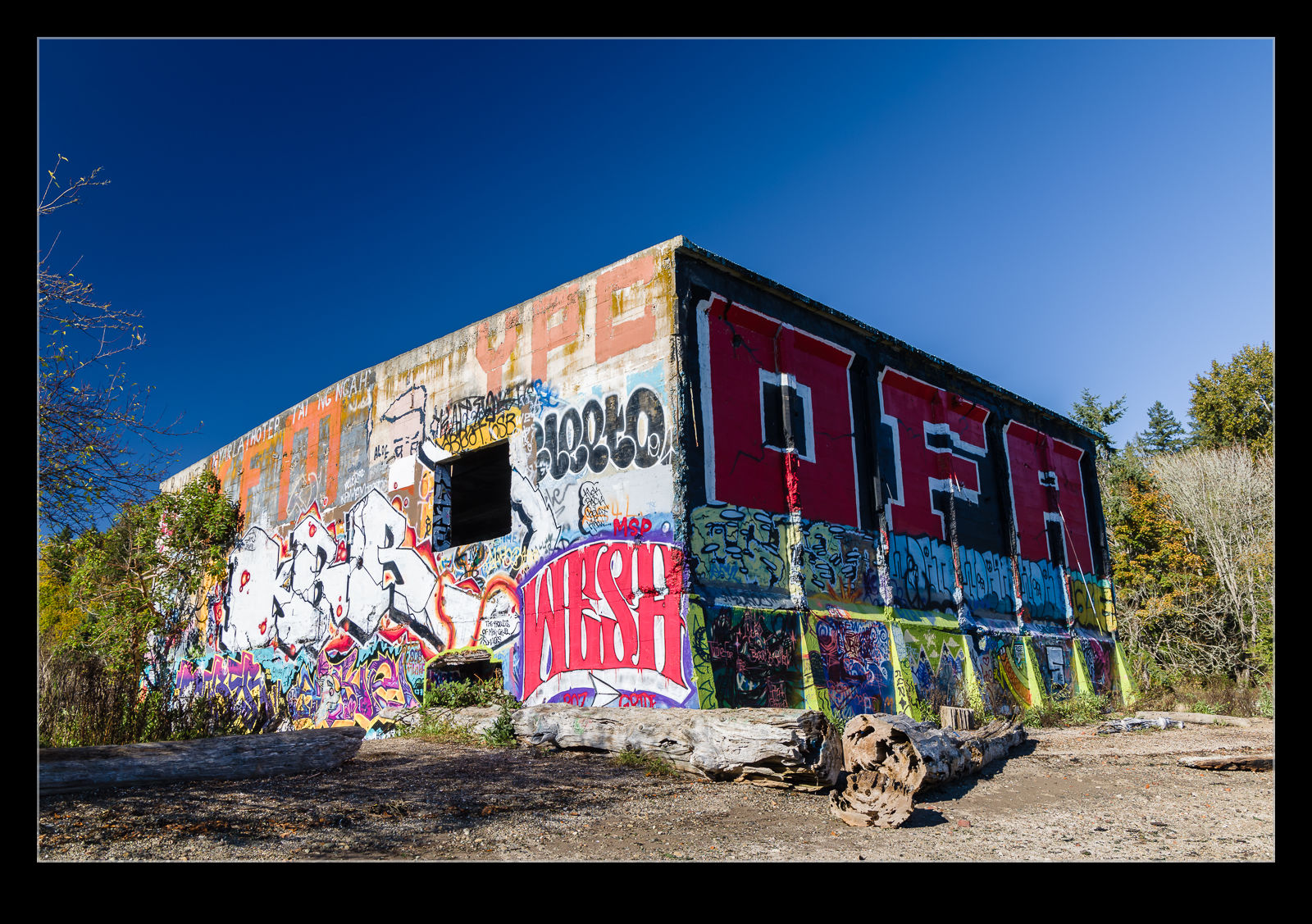 I was interested in looking around inside but climbing in required some effort and, while I could have done it, I wasn’t that keen and I suspect Nancy would have thought I was nuts! She may have been right. There are some iron frames that are still part of the structure which have an aged look which contrasts with the recent artwork. I imagine in low light you could get some very interesting shots of this place.
I was interested in looking around inside but climbing in required some effort and, while I could have done it, I wasn’t that keen and I suspect Nancy would have thought I was nuts! She may have been right. There are some iron frames that are still part of the structure which have an aged look which contrasts with the recent artwork. I imagine in low light you could get some very interesting shots of this place.
